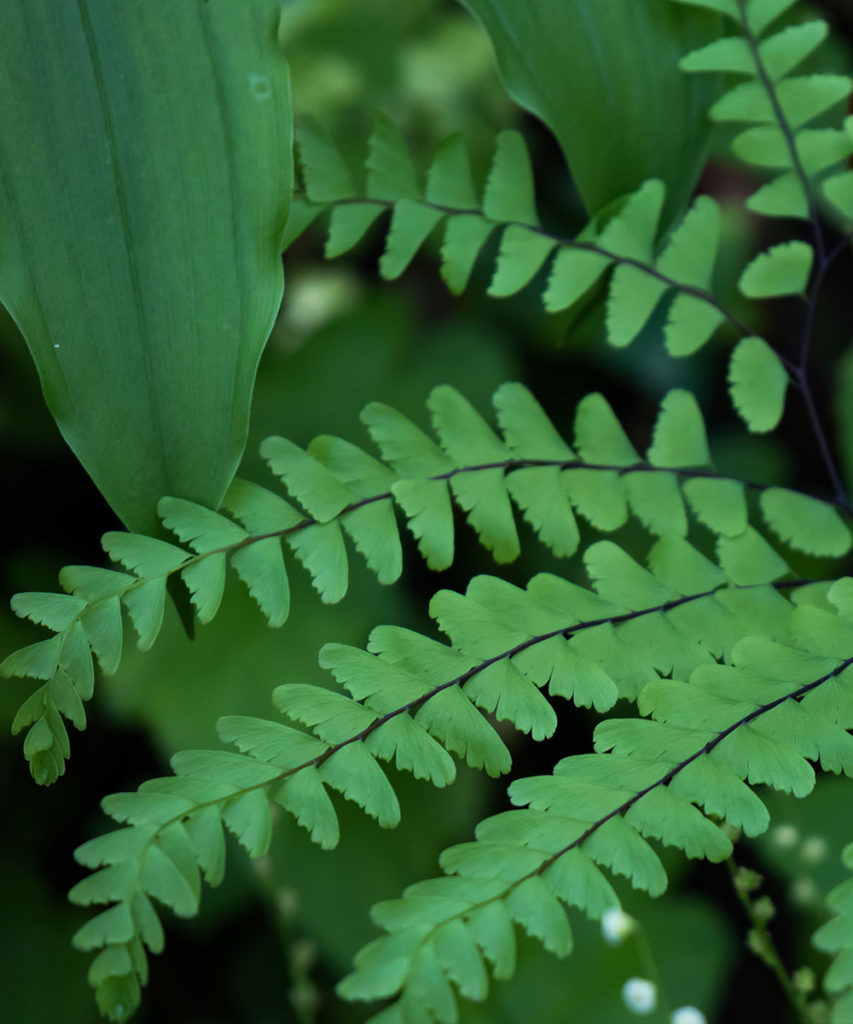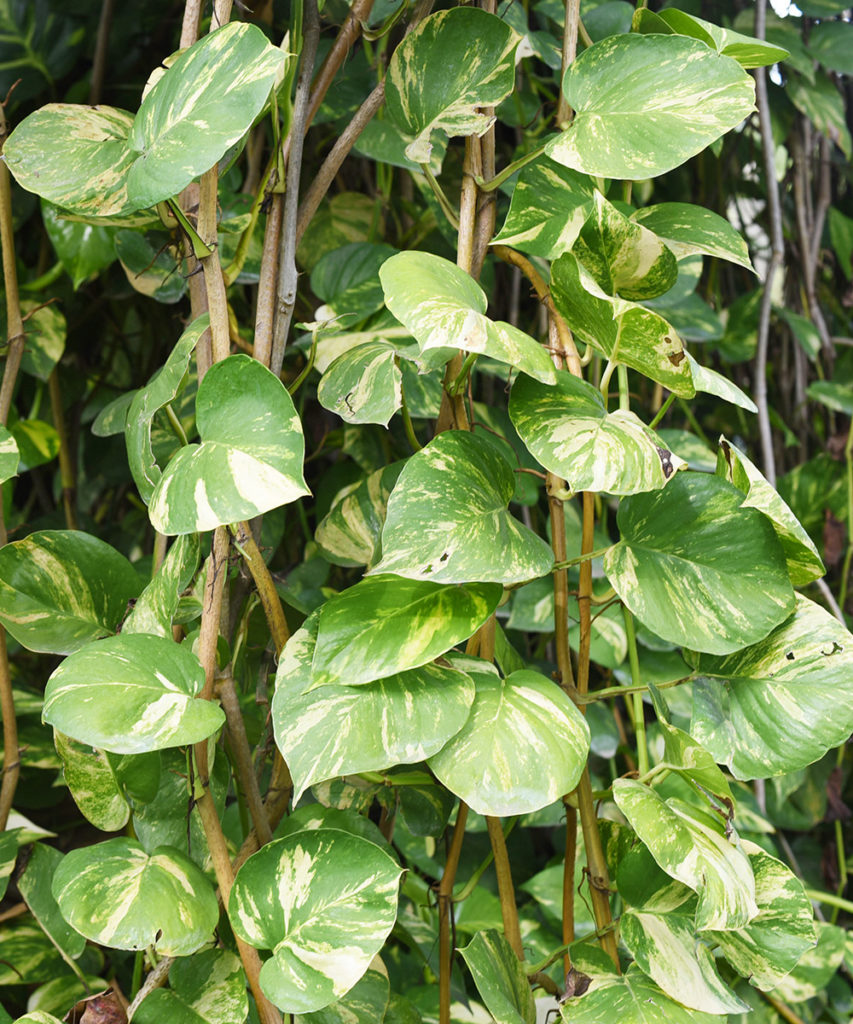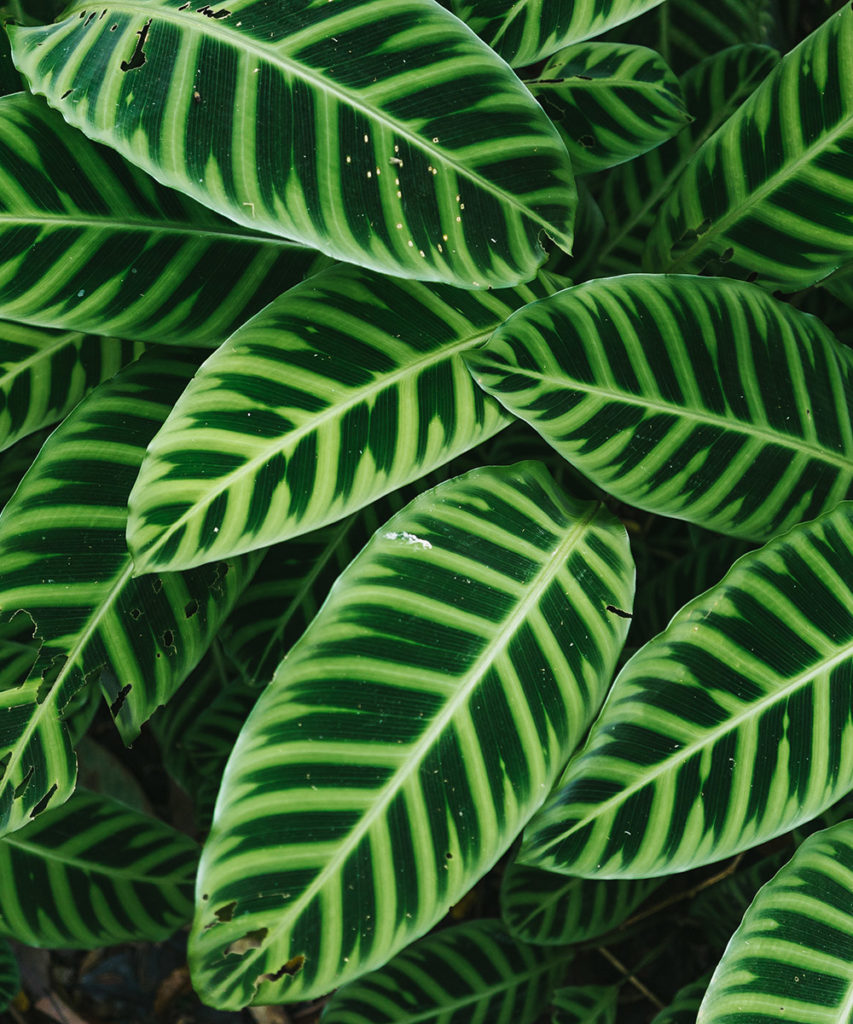5 Green House Plants That Are Easy to Grow
Even the most horticulturally challenged individual should have no problem keeping one of these plants alive.
Nov 22, 2022
If you're looking for a way to revamp your home, consider the appeal of a green house plant. For a small investment, house plants offer a host of incredible and tangible benefits.
From acting as natural air filters to increasing productivity to helping patients recover from surgery faster, plants can do so much to improve your well-being. Research even shows that filling indoor spaces with plants can lift your mood while lowering your stress levels.
In short, if you care for a house plant, it will take care of you.
Easy-care plants to grow indoors
Not sure which indoor plant to commit to? Consider adding one of the following varieties to your home to create a personal sanctuary.
1. Maidenhair ferns will brighten up your home

The maidenhair fern is a North American native that boasts feather-like foliage in a light-green hue. While it thrives in moist, shaded gardens, it's also an ideal indoor container plant.
Keep your fern in a shaded location and away from a direct heat source. These plants are slightly fussy about their soil quality and do best with a more alkaline pH, so consider adding ground limestone to the potting mix. They also don't take well to being replanted, so make sure you choose a container the first time.
Maidenhair ferns need to stay moist, so plan to mist it daily in addition to watering it regularly.
2. Pothos are perfect for new plant parents

House plant novices love the pothos plant for its easy care and the big statement it makes. This tropical native loves living indoors and thrives in low-light conditions, making it ideal for anyone who lacks a green thumb. In fact, it's renowned for surviving neglect with minimal signs of stress.
Pothos plants grow bright green, heart-shaped leaves on trailing vines that can be trimmed or left long. Many people like to display them on shelves so that their cascading leaves become part of the décor. Just keep in mind that pothos' leaves are poisonous to both humans and pets, and should stay out of reach of small children.
You don't need to worry much about soil quality or watering levels, although pothos should be kept out of direct sunlight. If you see signs of yellowing, withering leaves, consider increasing your watering levels.
As your plant grows, you may need to repot it into a larger container to keep the roots healthy.
3. Enjoy easy maintenance with Boston ferns

The Boston fern is beloved for its frilly foliage and low-maintenance care. It makes a perfect hanging plant because it rarely needs to be messed with. Place the fern where it will get plenty of indirect sunlight, water when the soil feels dry, and treat its leaves to a daily misting to keep everything green.
You can also use this versatile ornamental as decoration for your outdoor balcony as long as temperatures stay above 55 degrees.
4. Make a statement with calathea

Add some interest to your home décor with a statement plant like the calathea. This popular variety of prayer plant hails from the Brazilian tropics and thrives in low-light conditions. Plant enthusiasts prize it for foliage that features dramatic stripes and color variations that seem to change with the lighting.
Though some varieties of calathea have a reputation for being temperamental, amateur growers should do fine so long as they monitor their plants for signs of stress. Keep your calathea in a space with indirect light and relatively high humidity. It's vital that you never let the soil dry out thoroughly. Placing the pot over a tray filled with water and pebbles can suffice (but watch for root rot), and you can boost the humidity further by grouping multiple plants together.
5. Add some charm with English Ivy

Capture the charm of a countryside cottage by decorating with English ivy. This climbing plant is often grown outside but does well indoors in as well.
For best results, keep it away from south-facing windows and other direct sunlight exposure, and let the soil dry thoroughly between waterings. Small amounts of house plant fertilizer will help the ivy retain its bright coloring, but don't use any during times of temperature extremes, when the plant is already stressed.
As English Ivy is a prodigious grower, plan on frequent pruning to keep it under control. You can also start new plants from cuttings rooted in water.







